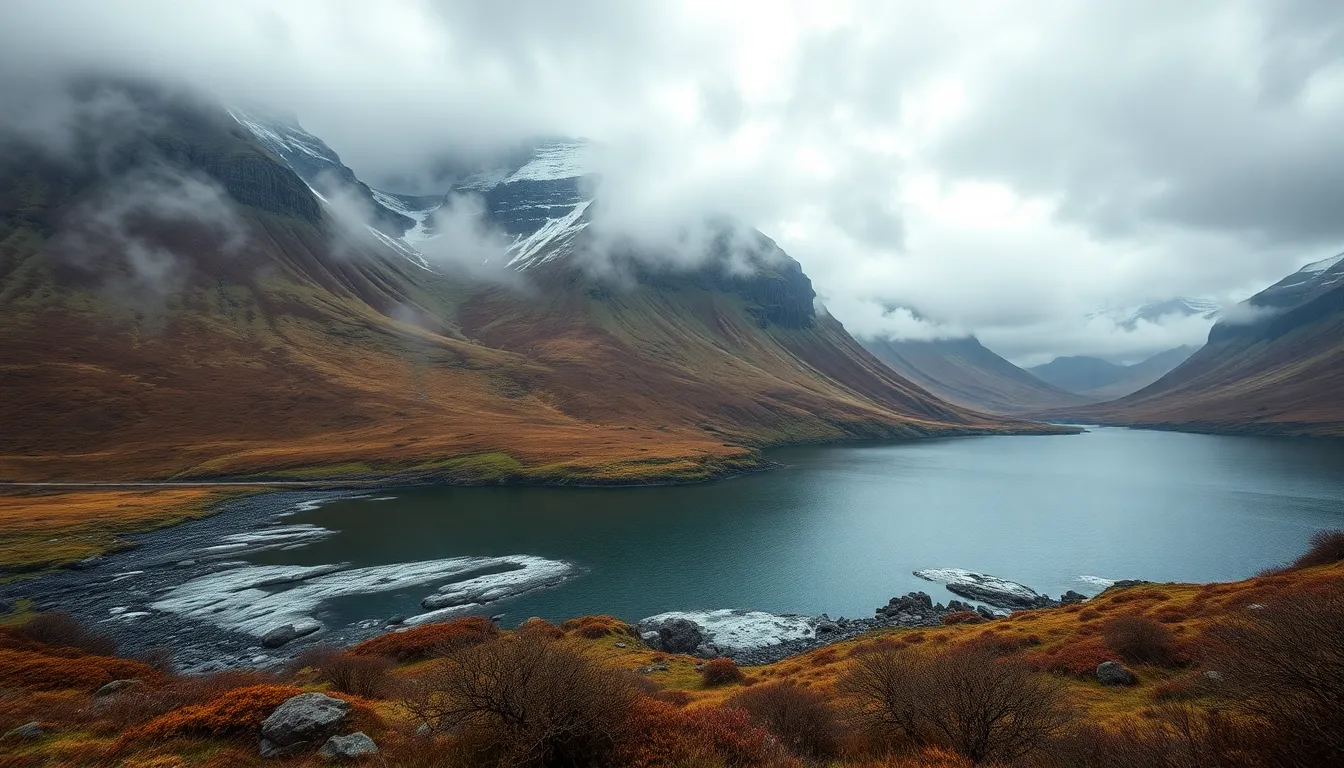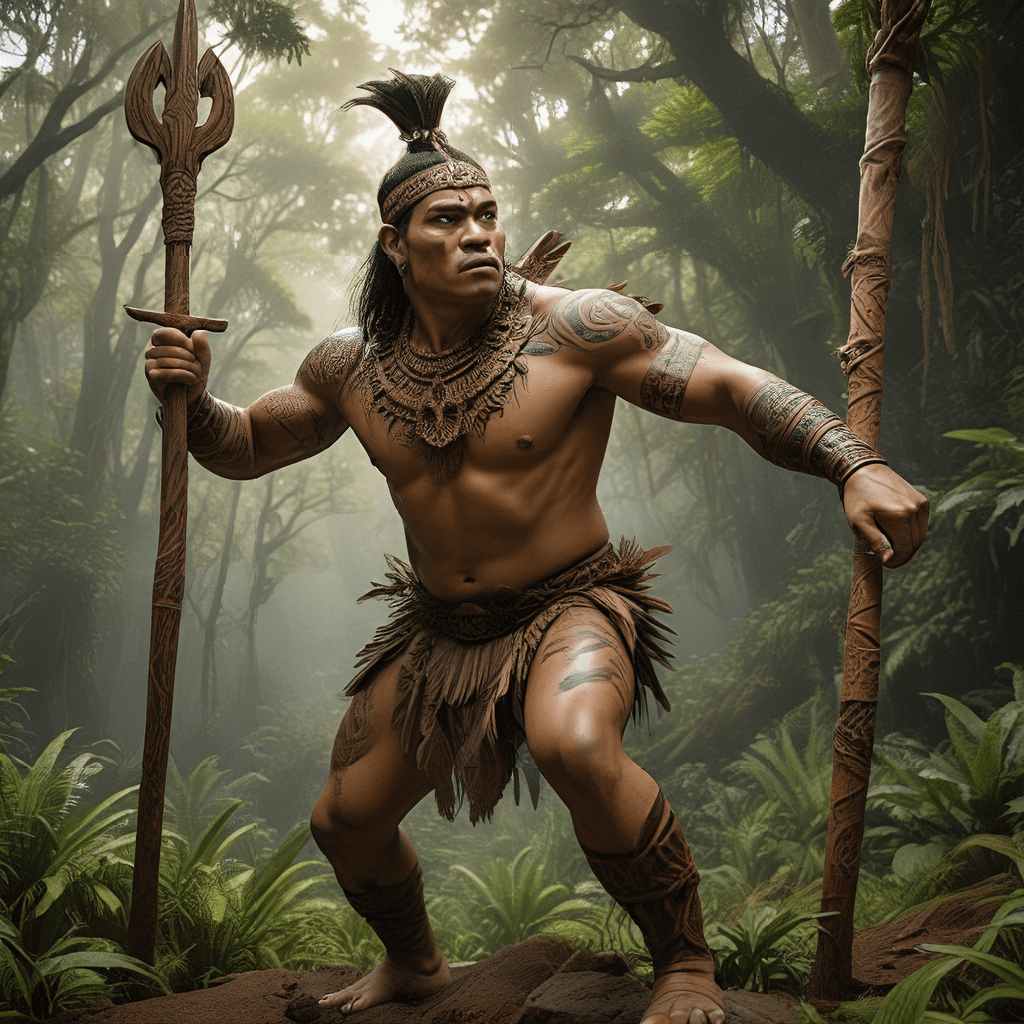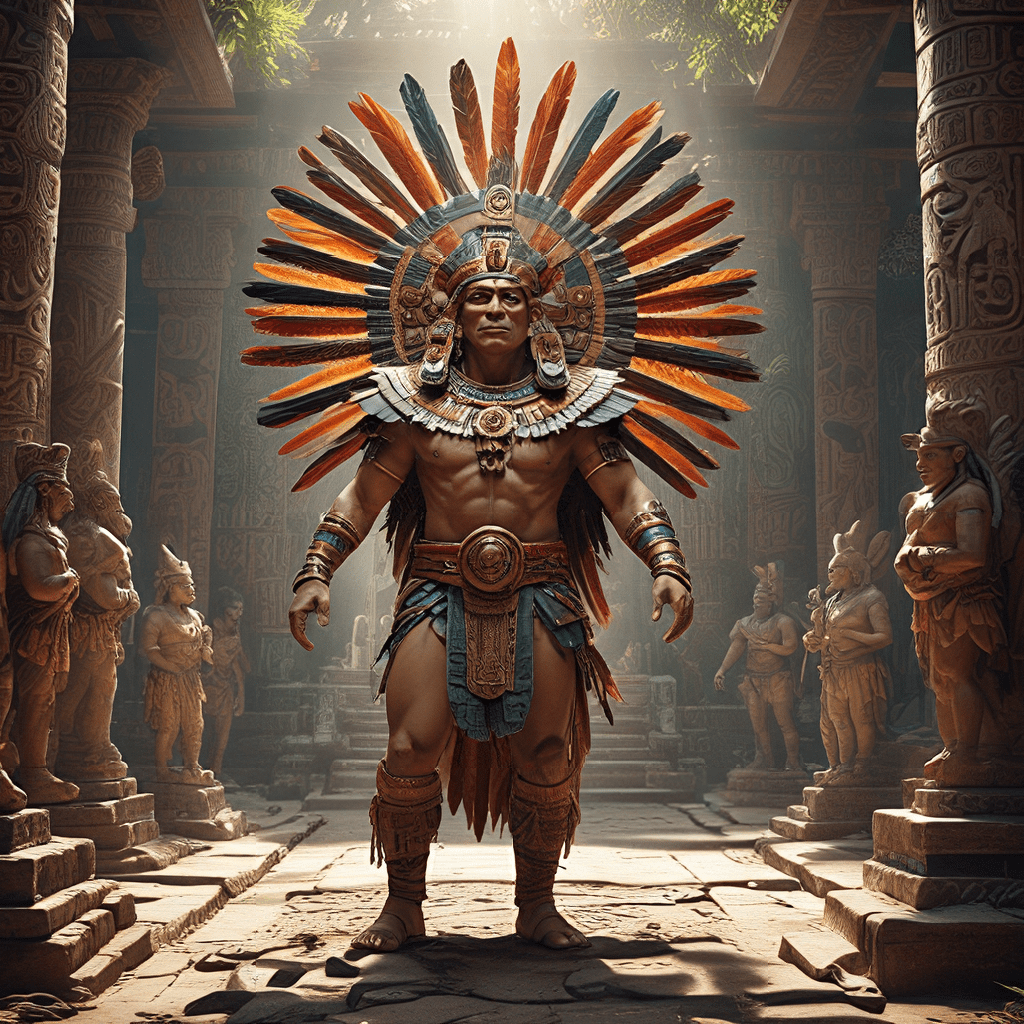The Isle of the Enchanted: Folklore from the Scottish Highlands
I. Introduction
The Scottish Highlands, with their rugged landscapes and breathtaking vistas, are steeped in a rich tapestry of history and culture. This region, known for its stunning mountains, serene lochs, and vibrant wildlife, is also a repository of unique folklore that has been passed down through generations. The importance of folklore in Highland culture cannot be overstated, as it serves not only as entertainment but also as a means of preserving history, tradition, and identity.
Among the many enchanting tales that emerge from this mystical land is the concept of “The Isle of the Enchanted,” a mythical place where the boundaries between the natural and supernatural blur, and where stories of fairies, selkies, and legendary heroes come to life.
II. Historical Context of Scottish Folklore
The origins of folklore in Scotland can be traced back to ancient times, influenced largely by the rich tapestry of Celtic mythology that permeates the region. The Celts, with their deep reverence for nature and the spiritual world, contributed significantly to the myths and legends that characterize Scottish folklore today.
Oral tradition has played a vital role in preserving these folklore narratives, as stories were passed down verbally from one generation to the next. This method of storytelling allowed for the evolution of tales, adapting them to the changing cultural landscape while retaining their core themes and messages.
III. The Enchanted Isle: Mythical Landscapes
The Isle of the Enchanted is often depicted as a fantastical landscape filled with lush greenery, mystical waters, and towering mountains. Its geography is integral to its allure, as many stories are tied to specific locations within the Highlands.
Some significant locations include:
- Loch Ness: Legendary home of the elusive Nessie, the Loch is steeped in mystery.
- Isle of Skye: Known for its dramatic cliffs and fairy tales, it is often referred to as the ‘Isle of the Fairies’.
- Ben Nevis: The highest peak in the UK, often linked with heroic tales and mythical beings.
This deep connection between the land and its myths enriches the cultural narrative, illustrating how geography and folklore intertwine to shape Highland identity.
IV. Key Folklore Figures and Creatures
Within the realm of Highland folklore, a plethora of enchanting figures and creatures reside. Some of the most notable include:
A. Fairies and the Seelie Court
Fairies are perhaps the most iconic beings in Scottish folklore, often depicted as beautiful and ethereal, yet capricious and unpredictable. The Seelie Court represents the benevolent fairies, while their darker counterparts, the Unseelie Court, are known for their mischievous and malevolent behavior.
B. Selkies: The Seal Folk of Scottish Lore
Selkies are mythical creatures that can transform from seals into humans. Their stories often explore themes of love, loss, and the longing for freedom.
C. Other Notable Creatures
Aside from fairies and selkies, various other creatures populate Highland folklore:
- Banshees: Heralds of death, known for their mournful wails.
- Brownies: Helpful household spirits that assist with chores.
- Will-o’-the-wisps: Mysterious lights said to lead travelers astray.
V. Legends of the Isle: Stories that Shaped Culture
The Highlands are home to numerous legendary tales that have shaped its cultural landscape. Among the most notable are:
A. The Tale of the Lost Princess
This poignant story tells of a princess who was lost to the mists of time, inspiring generations with themes of love and longing.
B. The Legend of the Cailleach
The Cailleach, a formidable goddess associated with winter, represents the harshness of nature and the cycle of life and death.
C. The Story of the Fairy Flag of Dunvegan
This tale revolves around a magical flag said to grant victory in battle, symbolizing the intertwining of clan pride and supernatural aid.
VI. Rituals and Traditions: Folklore in Practice
Folklore is not just a collection of stories; it is woven into the fabric of daily life in the Highlands through various rituals and traditions. Key aspects include:
A. Festivals and Celebrations Inspired by Folklore
Many festivals celebrate elements of folklore, such as:
- Beltane: Celebrating the arrival of summer with bonfires and festivities.
- Hallowe’en: A time for storytelling and honoring the spirits.
B. Traditional Crafts and Their Connections to Myths
Crafts such as weaving and carving often incorporate themes from folklore, preserving the stories while creating tangible art.
C. Modern Interpretations and Revival of Ancient Practices
Today, there is a growing interest in reviving ancient practices, blending them with contemporary culture to create new expressions of folklore.
VII. The Role of Folklore in Scottish Identity
Folklore plays a crucial role in shaping Scottish identity and contributes to national pride. It serves as a reminder of the rich cultural heritage that defines the Highland experience.
Furthermore, folklore has significantly influenced literature and art, inspiring countless works that explore its themes and characters.
Moreover, folklore acts as a means of cultural preservation, allowing communities to maintain a connection to their ancestors and history.
VIII. Contemporary Influences: Folklore in Modern Media
Scottish folklore continues to find relevance in modern media, influencing literature, cinema, and even video games. Some contemporary adaptations include:
- Books that reinterpret traditional tales for new audiences.
- Films that bring mythical creatures to life on screen.
- Tourism ventures that celebrate the folklore of the Highlands.
This resurgence of interest in folklore provides a platform for storytelling that connects the past with the present.
IX. The Future of Scottish Folklore
As society evolves, the preservation of folklore faces several challenges, including urbanization and globalization. However, efforts are underway to document and share Highland stories, ensuring they are not lost to time.
Technology plays a vital role in this preservation, with digital platforms allowing for the sharing of stories and traditions with a global audience. This modern approach to folklore can help keep these narratives alive for future generations.
X. Conclusion
The Isle of the Enchanted represents a vital aspect of Highland folklore, serving as a bridge between the natural world and the supernatural. These stories, rich in history and culture, hold an enduring legacy that continues to resonate today.
As we explore and celebrate Scottish folklore, we acknowledge its importance as a cultural heritage, inviting everyone to engage with these enchanting tales that shape our understanding of the world.



